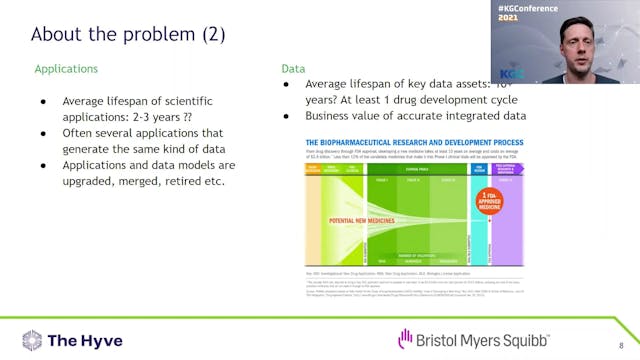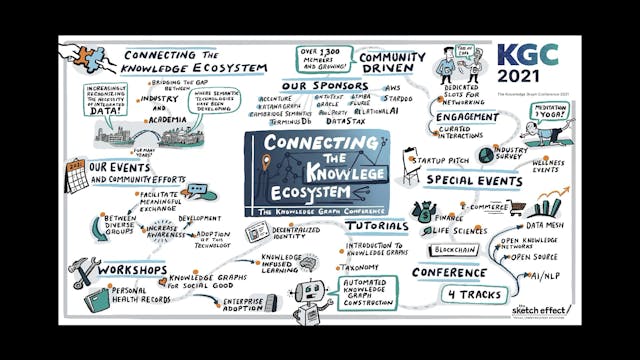Michael Grove | How To Build a Data Fabric
KGC | All Access Subscription
•
22m
The enterprise data landscape is increasingly hybrid, varied, and changing. The emergence of IoT, rise in unstructured data volume, increasing relevance of external data sources, and trend towards hybrid multi-cloud environments are obstacles to satisfying each new data request. The old data strategy centered around relational data systems is fundamentally broken.
Enterprise data fabrics offer the new way forward. The data fabric weaves together data from internal silos and external sources and creates a network of information to power your applications, AI, and analytics. Quite simply, they support the full breadth of today’s complex, connected enterprise.
But how to achieve a data fabric? In this session, you’ll learn:
Key steps for building a data fabric and how to leverage existing data management investments
The technical skills and resources required to begin your data fabric implementation
A MVP methodology for data modeling to drive compounding business value
Up Next in KGC | All Access Subscription
-
Eelke van der Horst | Building an Imm...
Bristol-Myers Squibb (BMS) is a global pharmaceutical company with drug discovery and development programs in several therapeutic areas. As part of its enterprise information governance, there is an ongoing effort to unlock research data from siloed systems, by building a knowledge graph that tra...
-
KGC 2021 Sponsors
-
KGC 2021: See For Yourself!



